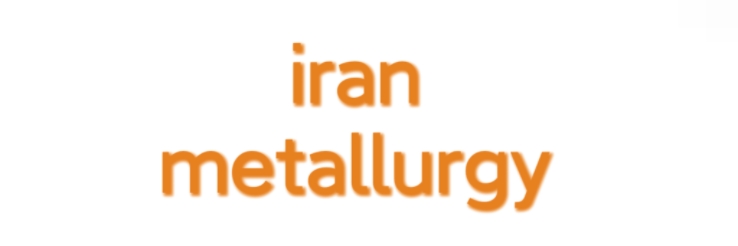Top Trends for Halogen Free Materials Suppliers in 2025
As industries increasingly shift toward sustainable practices and eco-friendly materials, halogen-free materials are gaining significant traction. The demand for these materials is driven by growing environmental concerns and regulatory pressures, making it crucial for suppliers to stay informed about emerging trends.
Are you interested in learning more about halogen free materials supplier? Contact us today to secure an expert consultation!
One of the most notable trends anticipated in 2025 is the heightened emphasis on sustainability. Consumers and manufacturers alike are becoming more conscientious about the environmental impact of their choices. As a result, suppliers of halogen-free materials must focus on sourcing and providing products that not only meet safety standards but also align with sustainable practices. This could mean utilizing bio-based raw materials, recycling processes, or reducing the carbon footprint associated with production.
In addition to sustainability, innovation in material formulations is likely to drive the market. Advances in technology are enabling the development of high-performance halogen-free materials that can match or exceed the capabilities of traditional halogenated alternatives. Suppliers who invest in research and development will be better positioned to capture market share by offering advanced solutions that appeal to industries such as electronics, automotive, and construction.
Regulatory compliance will continue to be a critical factor for halogen-free materials suppliers in 2025. With governments worldwide tightening regulations on hazardous substances, companies will need to ensure that their products meet stringent safety and environmental standards. This presents an opportunity for suppliers to highlight their commitment to compliance, which can enhance brand reputation and foster trust with customers.
Moreover, the increasing focus on health and safety in product design is poised to shape the halogen-free materials landscape. Manufacturers are prioritizing materials that minimize potential health risks to end-users. Suppliers can gain a competitive advantage by emphasizing the safety benefits of their halogen-free offerings, particularly in applications where material safety is paramount, such as in medical devices and consumer goods.
Additional resources:Understanding Insulation Compounds: Key Benefits and Applications
How to Choose the Right Thermoplastic Compounds Supplier?
Understanding Cable Compound Produce: Benefits and Applications Explained
Market diversification is also expected to be a prominent trend in the coming years. As various industries recognize the benefits of using halogen-free materials, suppliers may find new opportunities beyond traditional sectors. For instance, the construction industry is increasingly seeking halogen-free options for insulation and fireproofing materials. By understanding and targeting niche markets, suppliers can broaden their reach and increase sales.
The digital transformation of supply chains is another area to watch. Suppliers that embrace digital tools and technologies will likely enhance their operational efficiency and improve customer engagement. From e-commerce platforms to advanced inventory management systems, leveraging technology can facilitate better communication with customers and streamline the purchasing process, ultimately leading to increased sales and customer loyalty.
Furthermore, collaboration is set to play a key role in the development of innovative halogen-free materials. Suppliers that engage in partnerships with manufacturers, research institutions, and environmental organizations can benefit from shared knowledge and resources. This collaborative approach can accelerate the development of new products and solutions that cater to evolving customer demands and sustainability goals.
Lastly, education and awareness will be pivotal in the growth of the halogen-free materials market. Suppliers should actively participate in industry conferences, seminars, and online forums to share insights and promote the advantages of halogen-free materials. This will not only position them as thought leaders in the field but also help educate potential customers about the benefits and applications of these materials.
In conclusion, the landscape of halogen-free materials supplying in 2025 will be shaped by trends focused on sustainability, innovation, regulatory compliance, market diversification, digital transformation, collaboration, and education. Suppliers that adapt to these trends and invest in developing high-quality, environmentally friendly products will be well-positioned for success as the demand for halogen-free materials continues to rise. This proactive approach could not only enhance their market presence but also contribute positively to the larger movement toward a sustainable future.
Contact us to discuss your requirements of insulation compound manufacturer. Our experienced sales team can help you identify the options that best suit your needs.



